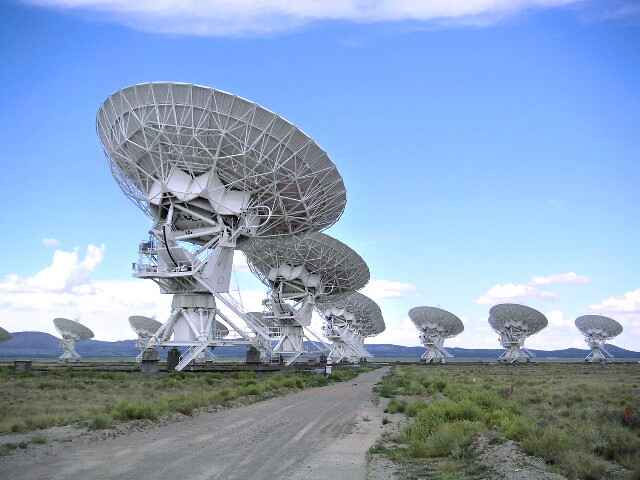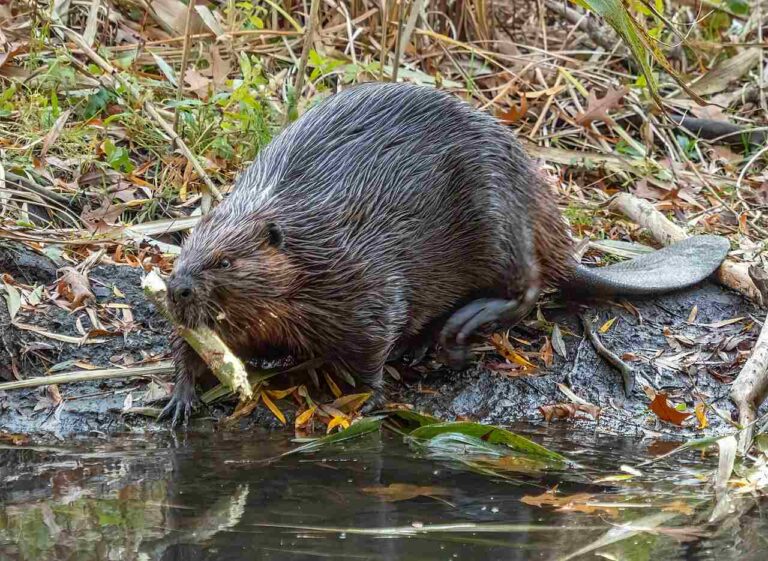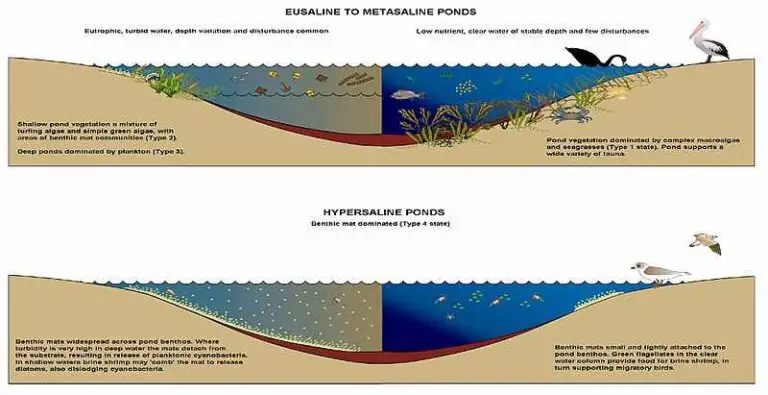5 Benefits of Rotational Grazing Explained
Benefits of rotational grazing are; soil quality enhancement, rapid forage regrowth, improved cattle productivity, resource conservation, and ecologic resilience.
This article discusses the benefits of rotational grazing, as follows;
1). Soil Quality Enhancement (as one of the Benefits of Rotational Grazing)
Rotational grazing enhances soil quality in terms of its fertility, carbon sequestration capacity, and physicochemical characteristics [2].
When rotational grazing is practiced, it enables the farmer to achieve soil conservation while providing enough nutrition for cattle.
Unlike other types of grazing such as continuous grazing, rotational grazing reduces the environmental impact of cattle rearing, especially with regards to the soil.
Because cattle are always moving in a rotational grazing system, the degree of soil compaction and degradation is lower. Overgrazing is also prevented, thereby mitigating the risks of soil erosion, leaching and fertility loss.
Rotational grazing can stimulate the multiplication of important soil microbes, and can improve the performance of soil as a carbon sink, so that the amount of greenhouse gases in the atmosphere are reduced and the concentration of soil organic carbon (and hence, soil fertility), is increased.
These effects may in turn hasten the rate of forage growth, which could serve as cover crops that further protect and improve the soil.
Lastly, waste from cattle that falls on the soil during grazing, can also play a role in supplying nutrients that make the soil more fertile.
2). Rapid Forage Regrowth
Unlike continuous grazing, a rotational grazing system facilitates rapid regrowth of consumed forage, so that such vegetation is consistently available for cattle consumption.
Forage regrowth is especially effective for the types of rotational grazing that allow paddocks to lie fallow for extended periods of time, such as intensive rotational grazing [3].
Generally, the movement of livestock in rotational grazing makes conditions favorable for regrowth of forage.
Coupled with the effect on soil fertility, regrowth rates can be rapid. This is a major advantage because it maintains a reliable food supply for cattle; while reducing negative impacts on the ecosystem.

3). Improved Cattle Productivity (as one of the Benefits of Rotational Grazing)
Rotational grazing increases the productivity of livestock, per acre of the farm [1].
Factors by which such increase in productivity can be measured include animal biomass, weight, and milk production.
The increase itself may be attributed to other benefits of rotational grazing like soil enhancement and rapid forage regrowth.
4). Resource Conservation
Rotational grazing helps conserve natural and agricultural resources on the farm.
One of such resources that is conserved is soil. Soil conservation is achieved in rotational grazing in a variety of ways, which include mitigation of erosion risk, less compaction, and rapid forage regrowth to serve as a cover crop.
These same factors lead to water conservation, because they reduce the rate of evaporation from soil, while increasing moisture retention capacity.
Plant biomass resources are conserved by regulating cattle movement and reducing trampling and irregular grazing patterns that lead to wastage of forage. The same measures help to conserve and maximize land resources, thereby increasing output or productivity by unit (acre) of land.
Lastly, biodiversity is conserved through effective grassland management which is achieved in rotational grazing.
5). Ecologic Resilience (as one of the Benefits of Rotational Grazing)
The integrative and sustainable approach applied in rotational grazing, leads to ecologic resilience.
Rotational grazing reduces vulnerability to disruption by environmental factors like climate and erosive agents.
It establishes harmony between agricultural activities and natural geochemical cycles like carbon, water and hydrogen cycles; and optimizes the efficiency of bioenergy transfer across the trophic levels of the agricultural energy pyramid.
Conclusion
Benefits of rotational grazing are;
1. Soil Quality Enhancement
2. Rapid Forage Regrowth
3. Improved Cattle Productivity
4. Resource Conservation
5. Ecologic Resilience
References
1). Chen, M.; Shi, J. (2017). “Effect of rotational grazing on plant and animal production.” Mathematical biosciences and engineering: MBE 15(2):393-406. Available at: https://doi.org/10.3934/mbe.2018017. (Accessed 13 November 2022).
2). Galindo, F. S.; Delate, K.; Heins, B.; Phillips, H.; Smith, A.; Pagliari, P. H. (2020). “Cropping System and Rotational Grazing Effects on Soil Fertility and Enzymatic Activity in an Integrated Organic Crop-Livestock System.” Agronomy. Available at: https://doi.org/10.3390/agronomy10060803. (Accessed 13 November 2022).
3). Oates, L. G.; Undersander, D. J.; Gratton, C.; Bell, M. M.; Jackson, R. D. (2011). “Management-Intensive Rotational Grazing Enhances Forage Production and Quality of Subhumid Cool-Season Pastures.” Crop Science 51(2):892-901. Available at: https://doi.org/10.2135/cropsci2010.04.0216. (Accessed 13 November 2022).




